
 |
Eager Space | Videos by Alpha | Videos by Date | All Video Text | Support | Community | About |
|---|

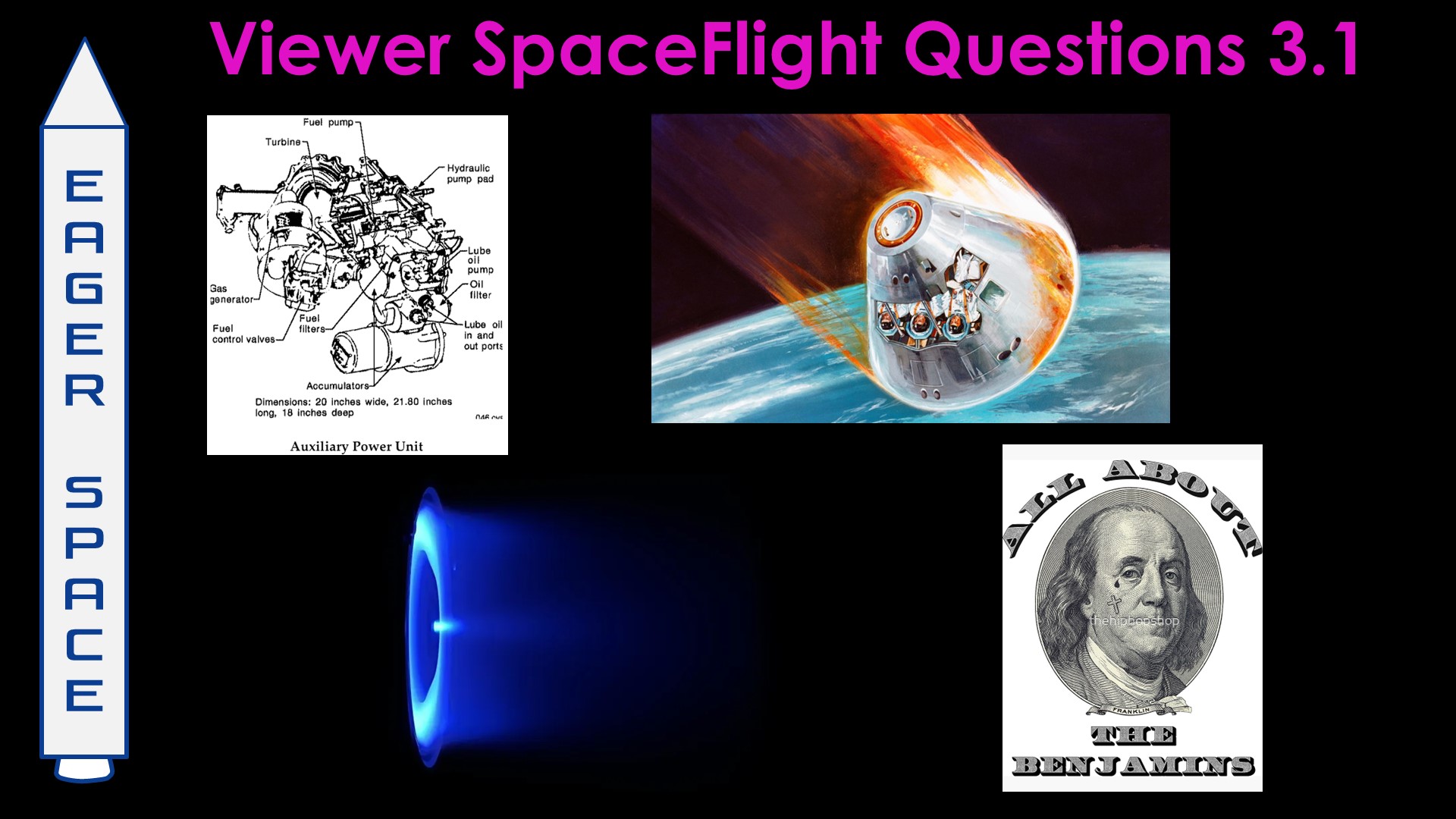
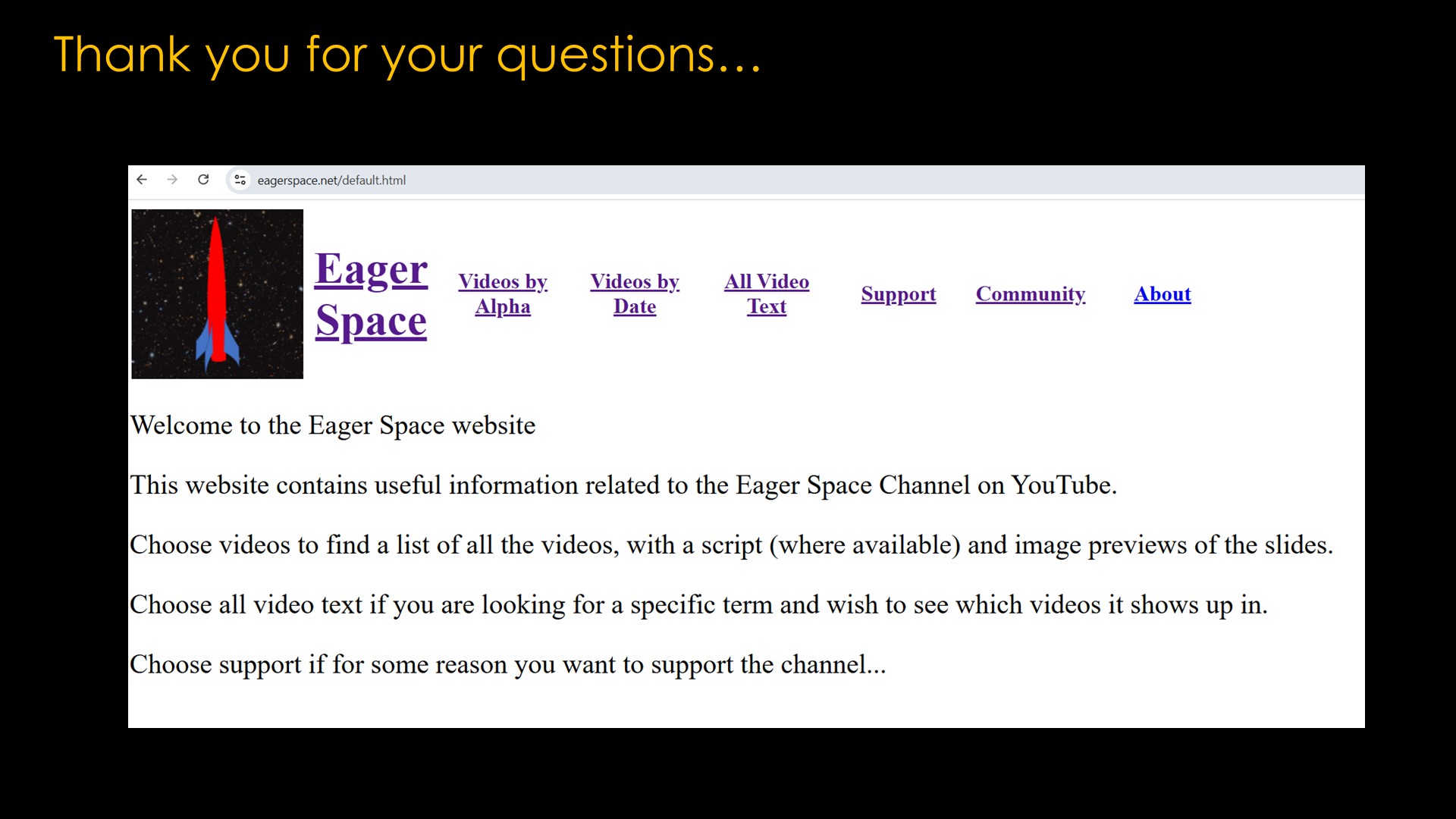
Thanks to everybody who asked questions. This is part 1 of 4.
Many of the answers are in videos that I've done in the past. You can find past videos by going to eagerspace.net and searching around.
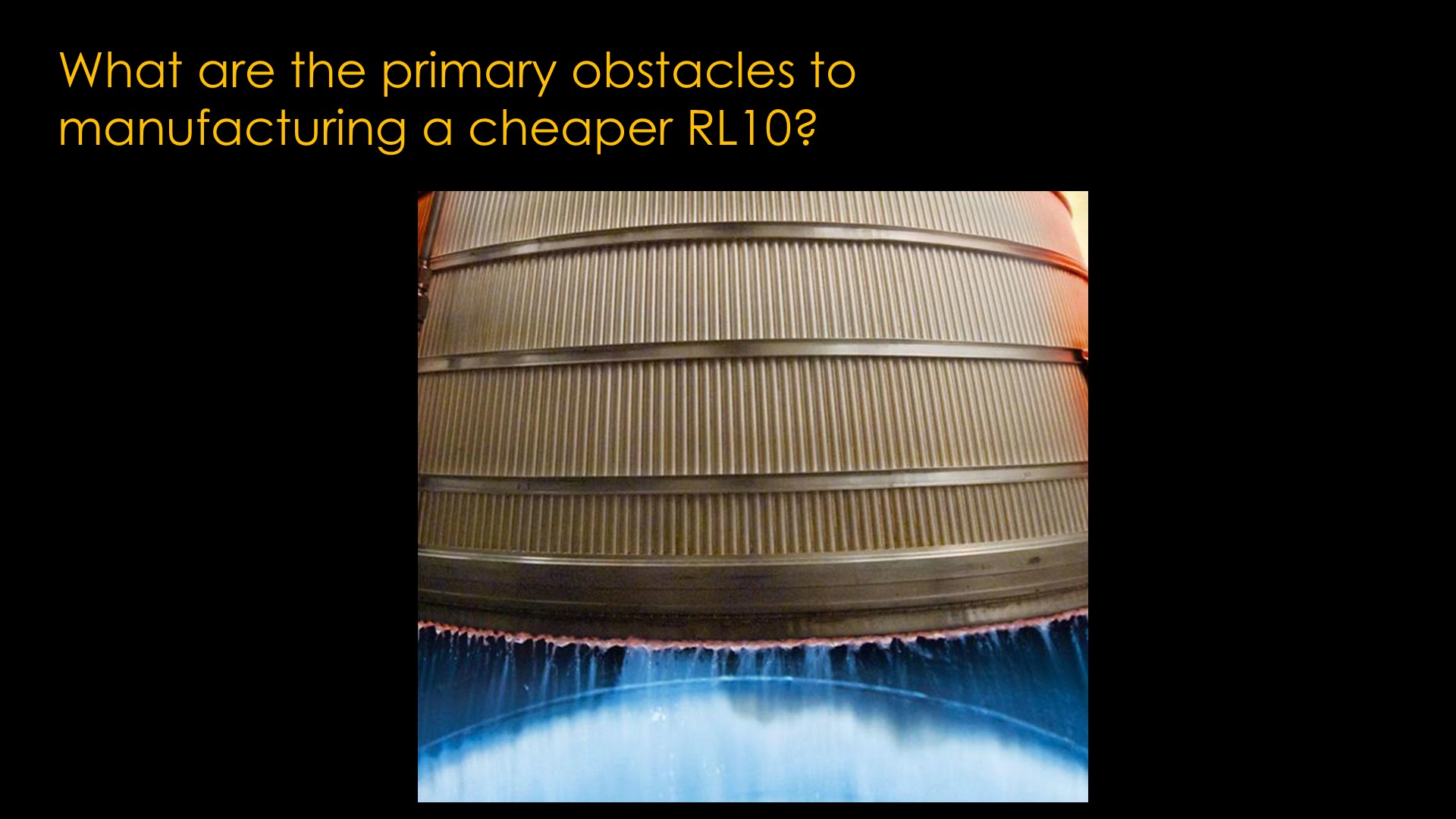
The biggest obstacle is that L3Harris bought Aerojet Rocketdyne to make money, so their goal is to sell RL-10 engines at a price point that maximizes their profit. ULA reportedly got a major reduction in price for a large contract for Vulcan to launch Kuiper satellites, assuming that contract happens.
The RL-10 is very much an old-style engine. It would be a lot cheaper if they went with a different design for nozzle, but it's not clear if L3Harris would ever make back the investment in doing a cheaper version. Their customer are mostly ULA and maybe NASA, and that's it.
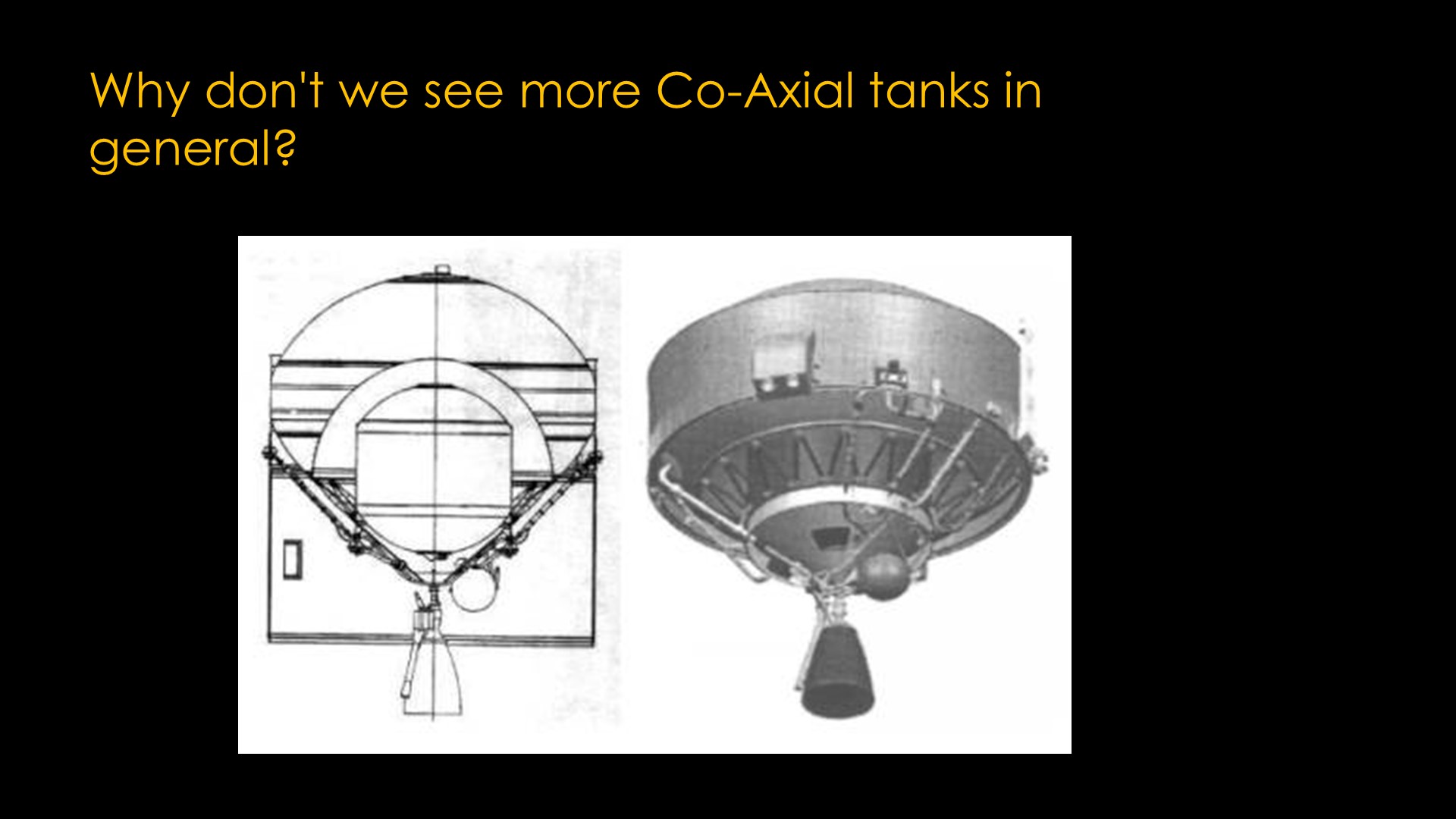
Coaxial tanks - where you have one tank inside another - require that you have propellants that have compatible temperatures. LOX and Propane work, but LOX will freeze RP-1 or liquid methane and liquid hydrogen will freeze LOX.
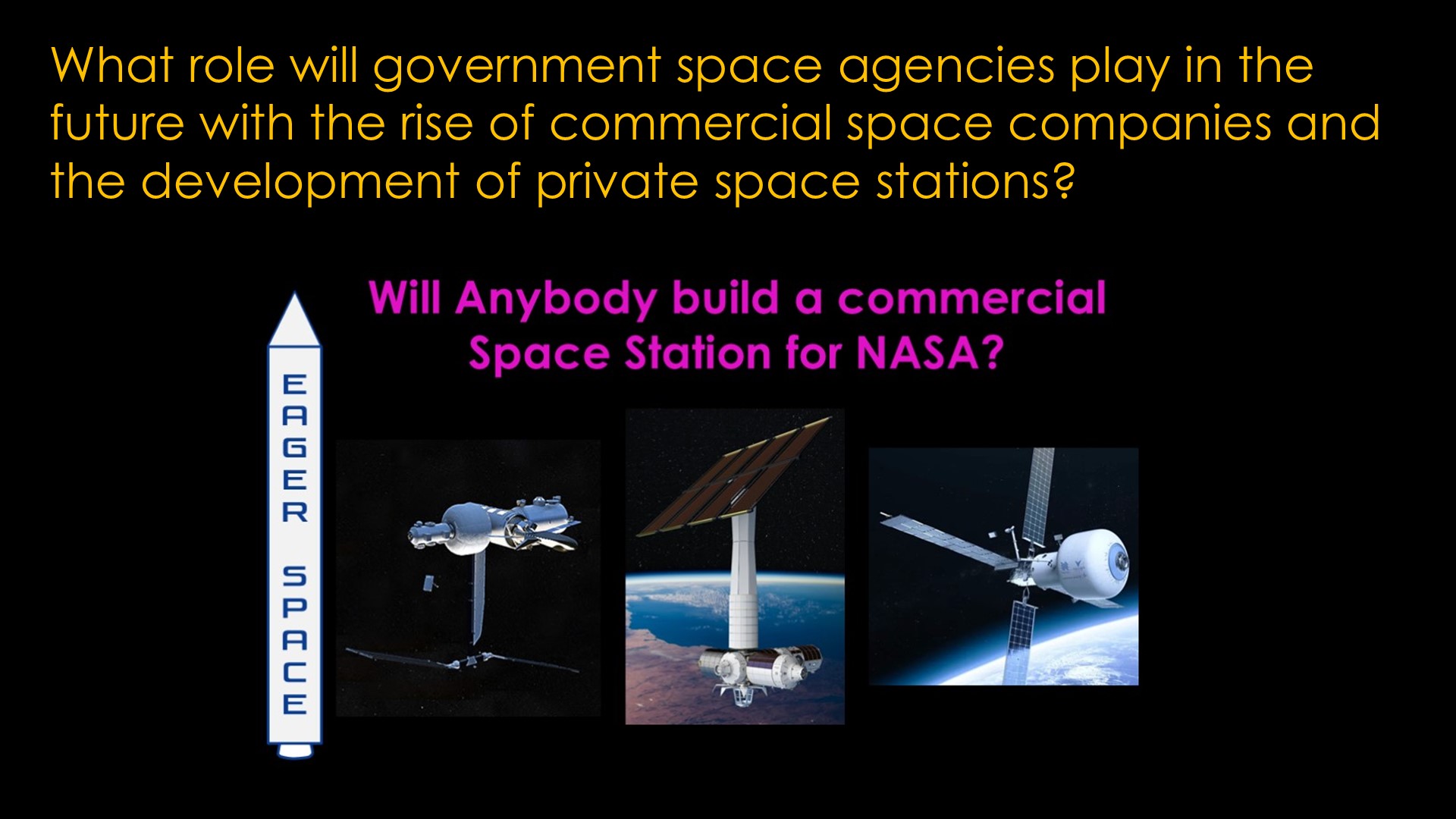
NASA has been trying to figure out how to jump start private space stations, but they have been unable to come up with a model that makes sense for the commercial providers.

They aren't mainstream because nobody has built a functional engine that can replace existing rocket engine designs.
At some point I'll probably talk about them, but right now they're in the same class as the aerospike engines - lots of interest, lots of research, nothing practical yet.
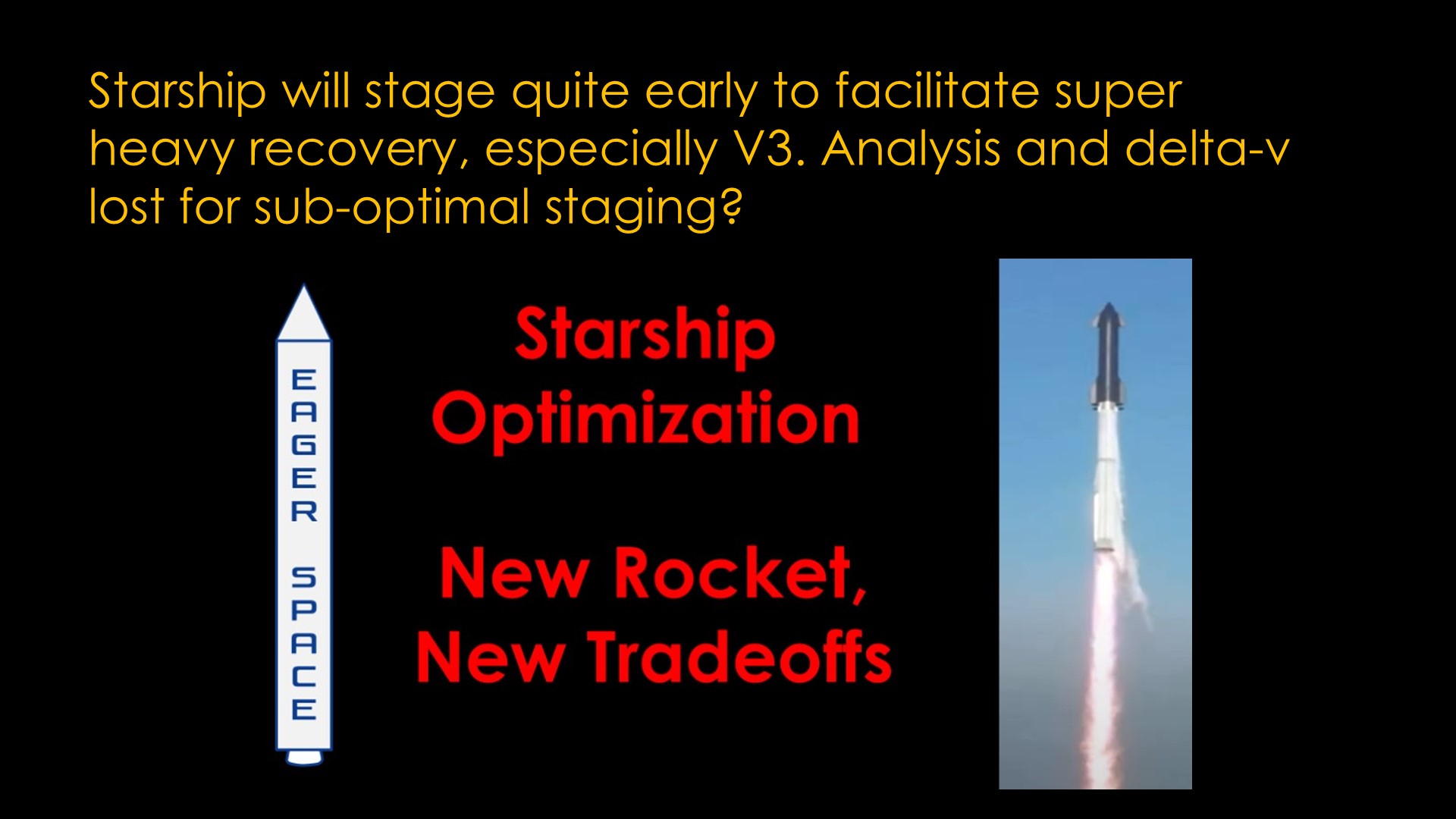
I talk about it a bit in starship optimization, though I don't do the actual numbers.
Staging early is an optimization that reduces the delta v used for first stage recovery and therefore maximizes payload to orbit.
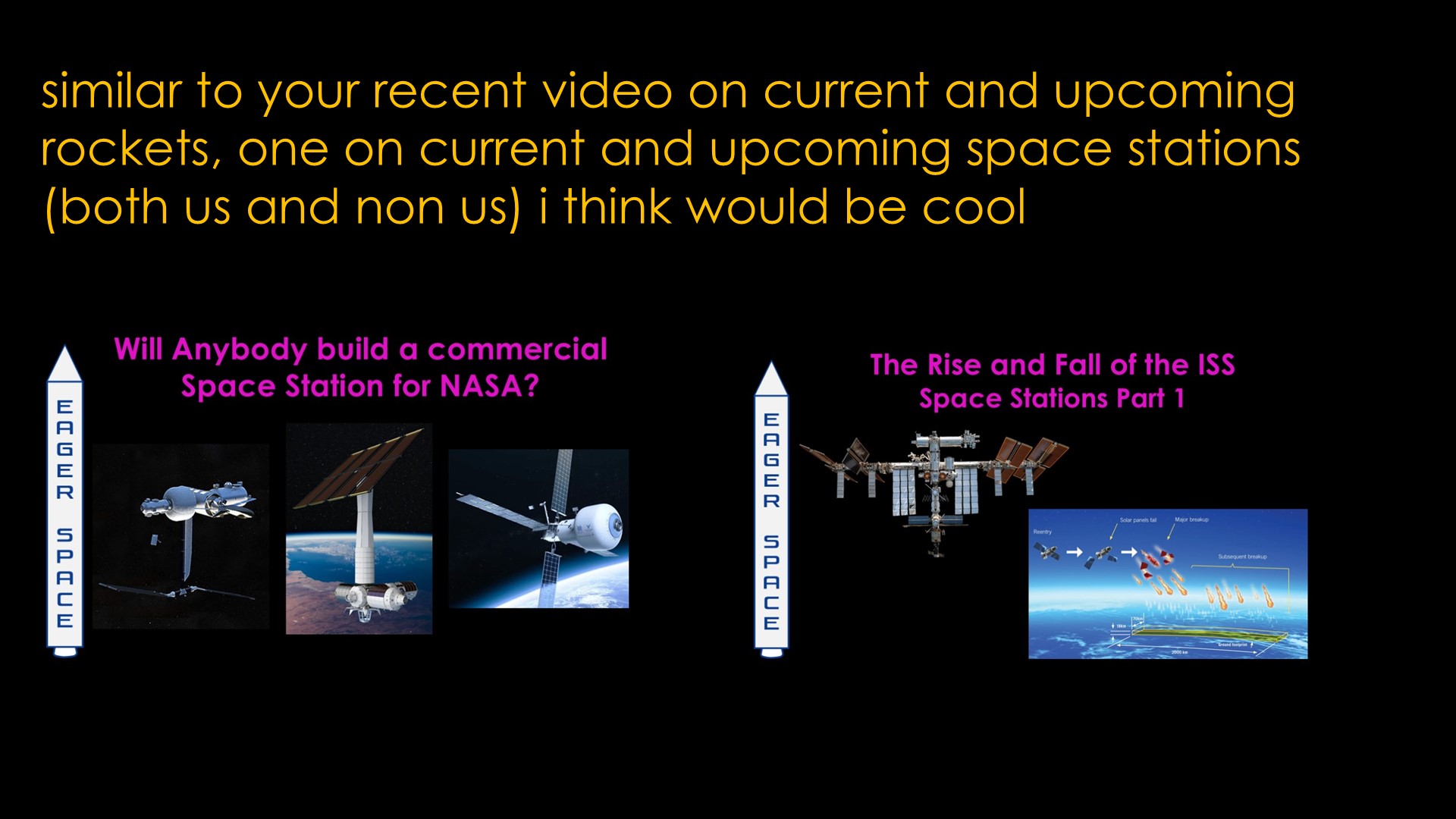
Here are a couple of videos for the US side.
No plans to do anything on china's program.
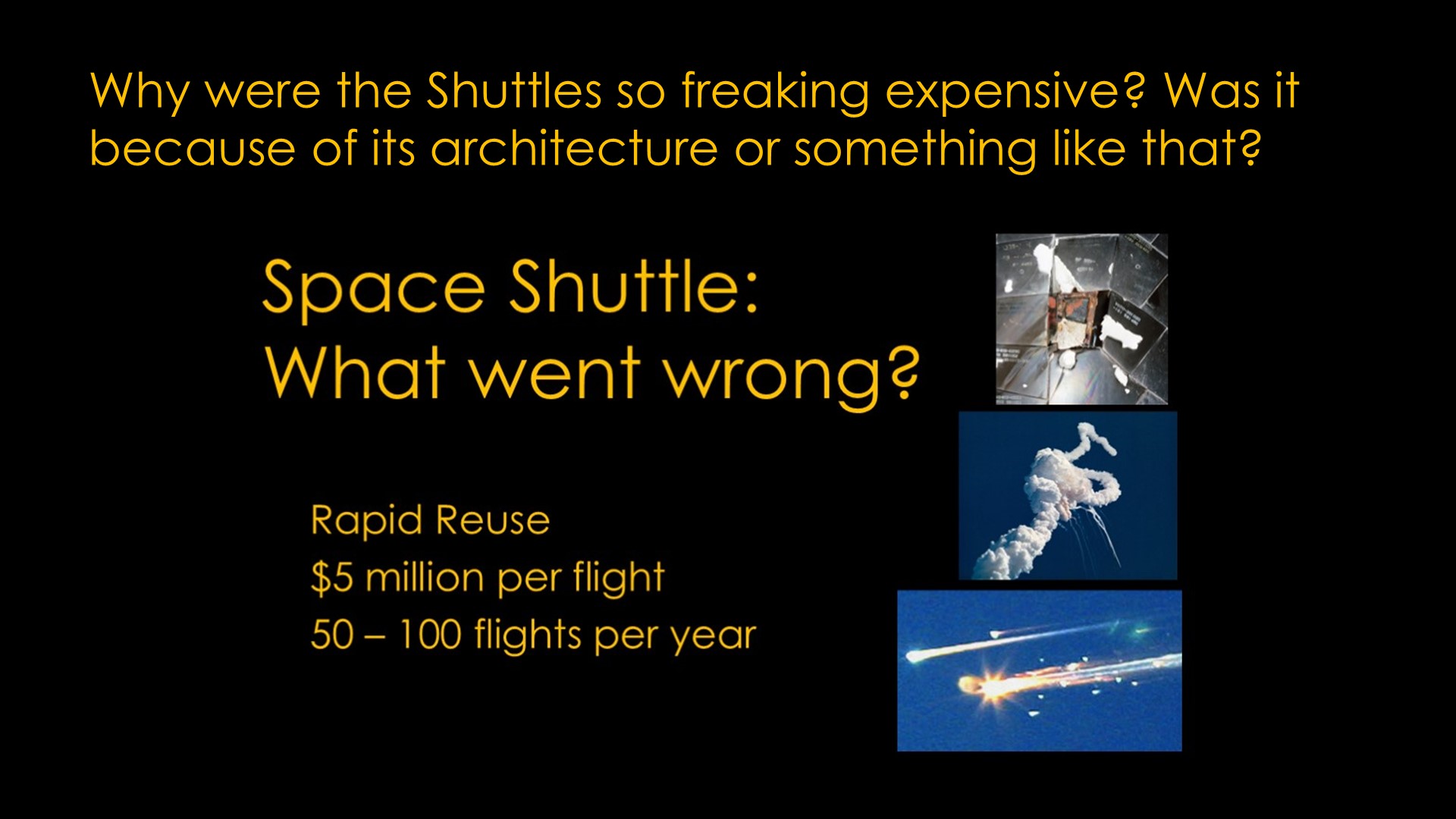
Go watch this video. I think it covers it pretty well.
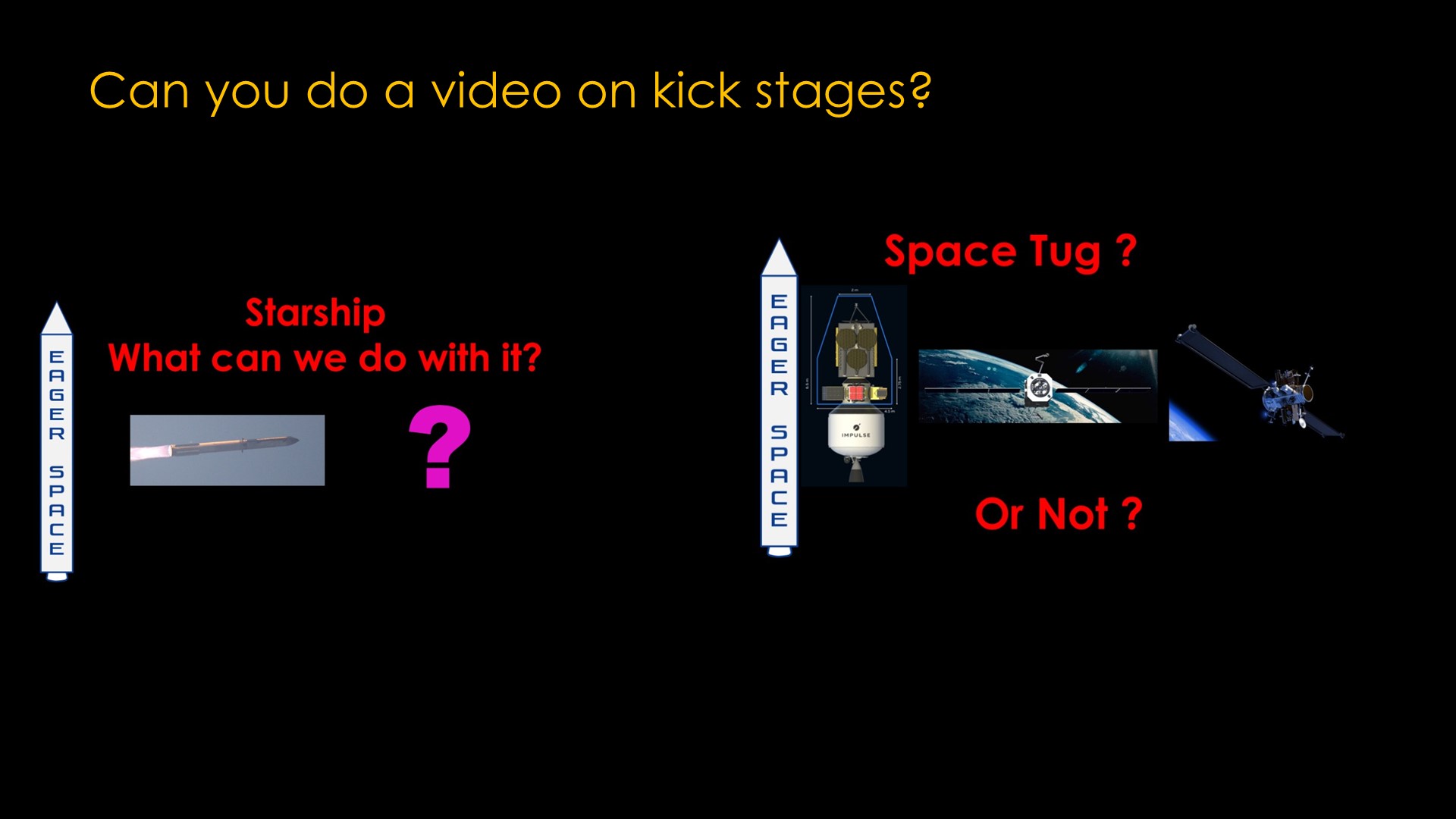
A couple videos for you to watch.
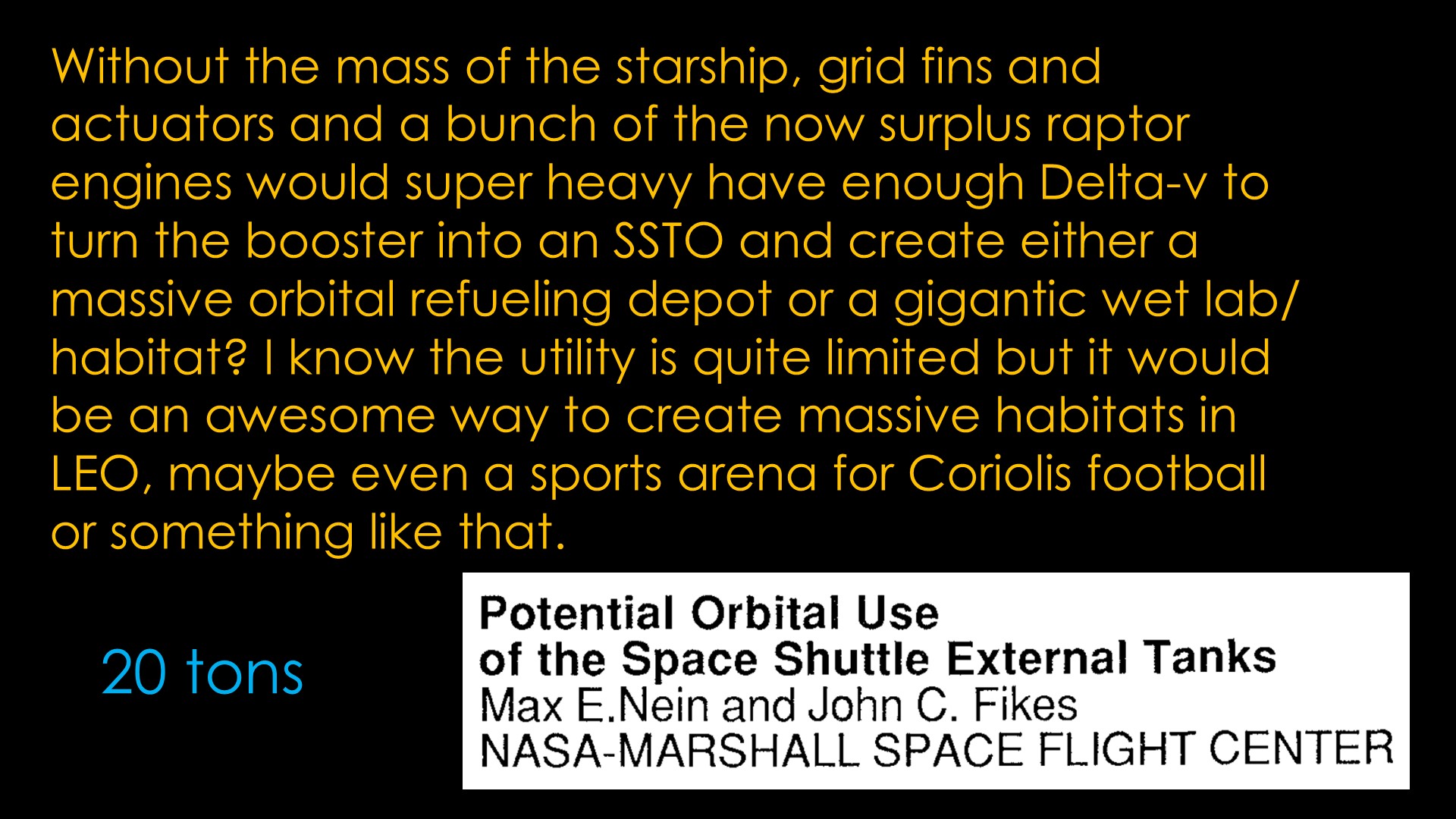
I dug out my starship excel model - one that is painfully out of date - and it told me that you could get to LEO with 20 tons of payload on super heavy.
That's low enough that the number could easily be zero with some different assumptions, but let's just assume that super heavy can get into orbit.
During shuttle, NASA did a number of studies looking at reusing space shuttle external tanks and nobody on the commercial side was interested. The problem is that you just end up with big empty tanks and that has pretty much zero utility in orbit. You would need to lift everything to make them habitable and spent a ton of expensive astronaut time setting them up.
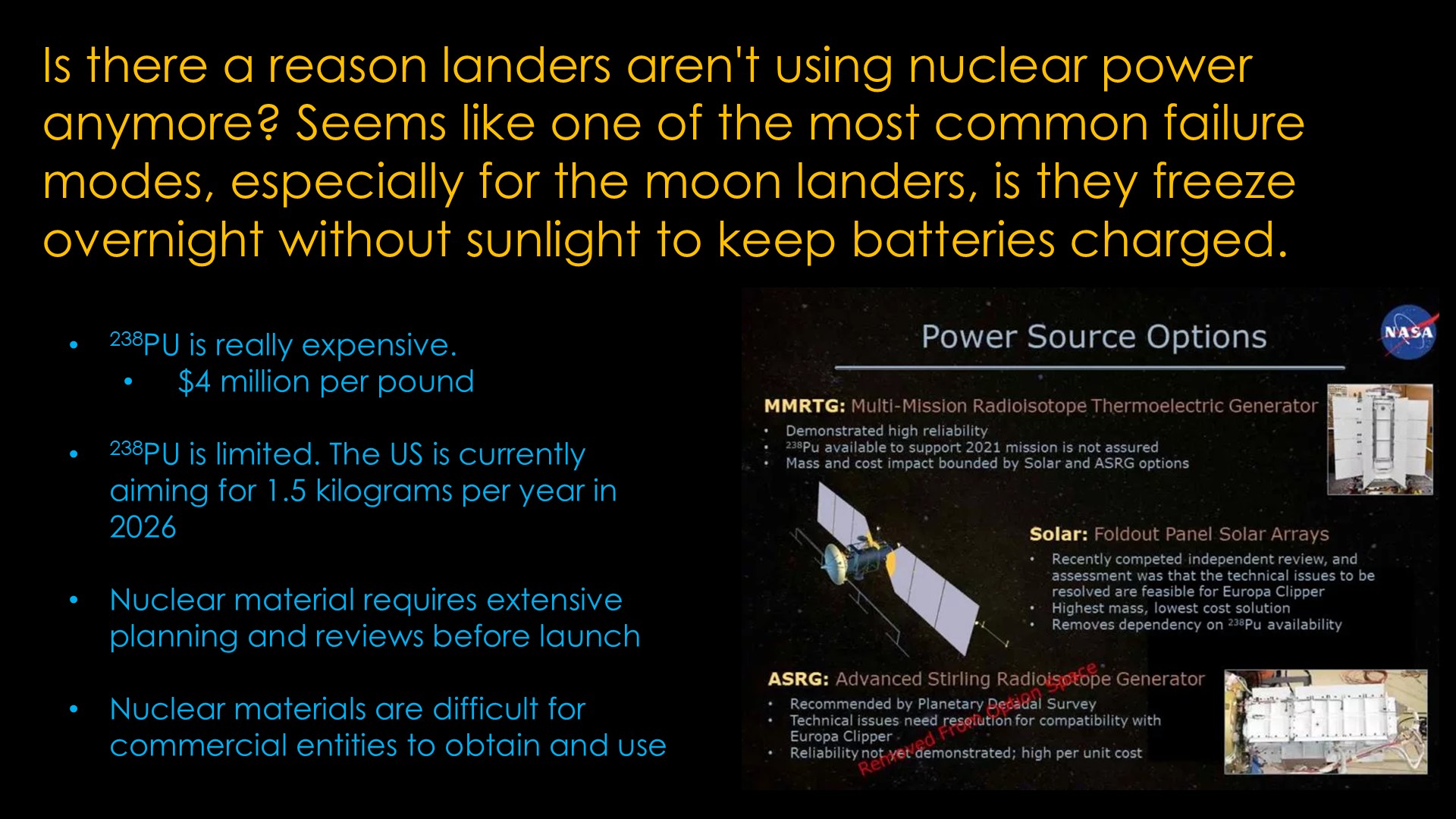
Plutonium 238 costs about $4 million per pound, and the US stopped making it for years. There's no real stockpile and the US is hoping to create 1.5 kilograms per year.
Nuclear material requires extensive planning and reviews before launch.
Nuclear materials are difficult for commercial entities to obtain and use.
It's enough of a hassle that NASA decided to use solar panels for Europa Clipper despite the low intensity of the sun at Europa.
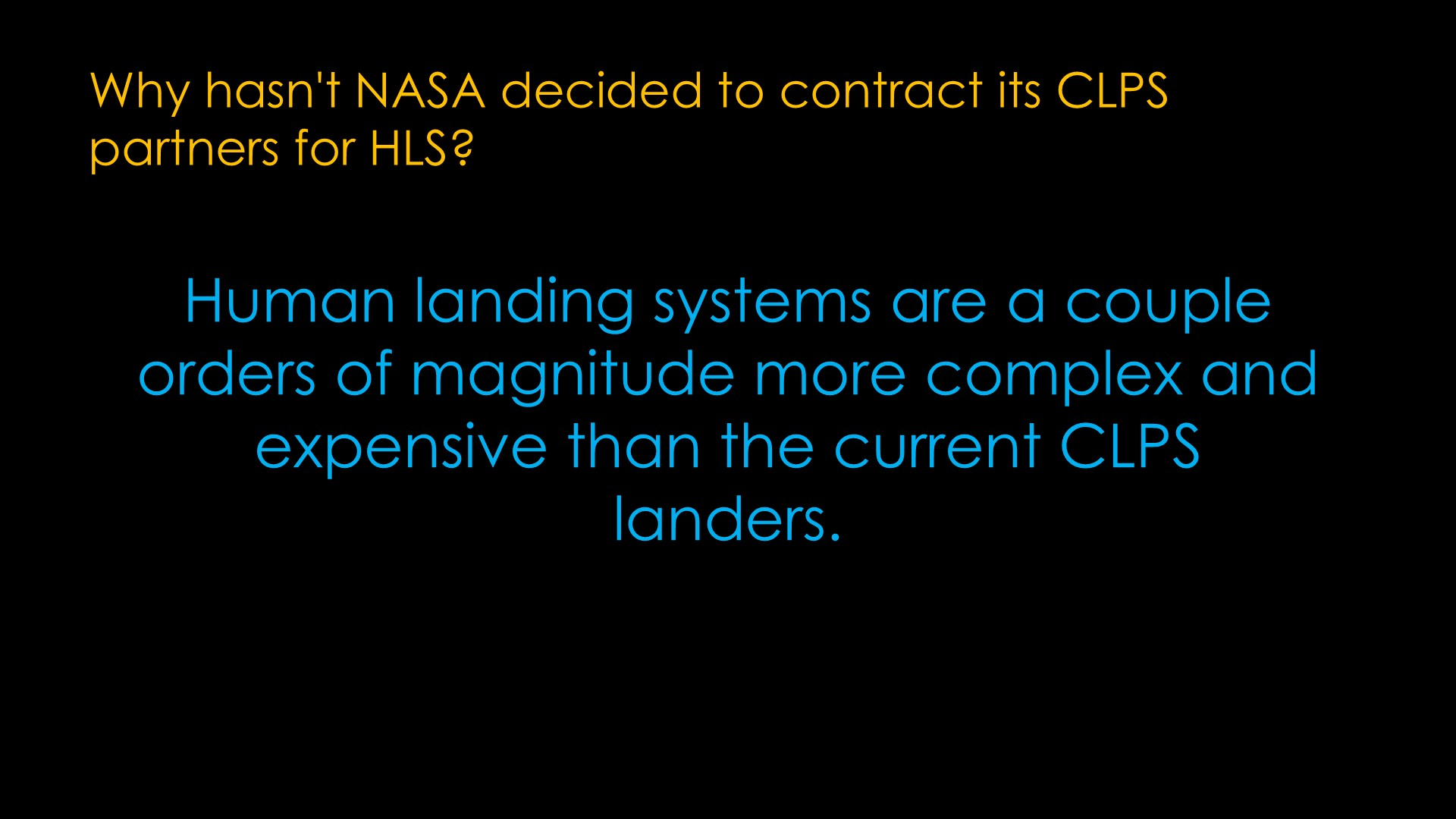

Congress doesn't care about missions; they care about money flowing into their districts and money flowing into their reelection campaigns.
SLS and Orion didn't even have a mission associated with it when Congress spun it up in 2010.
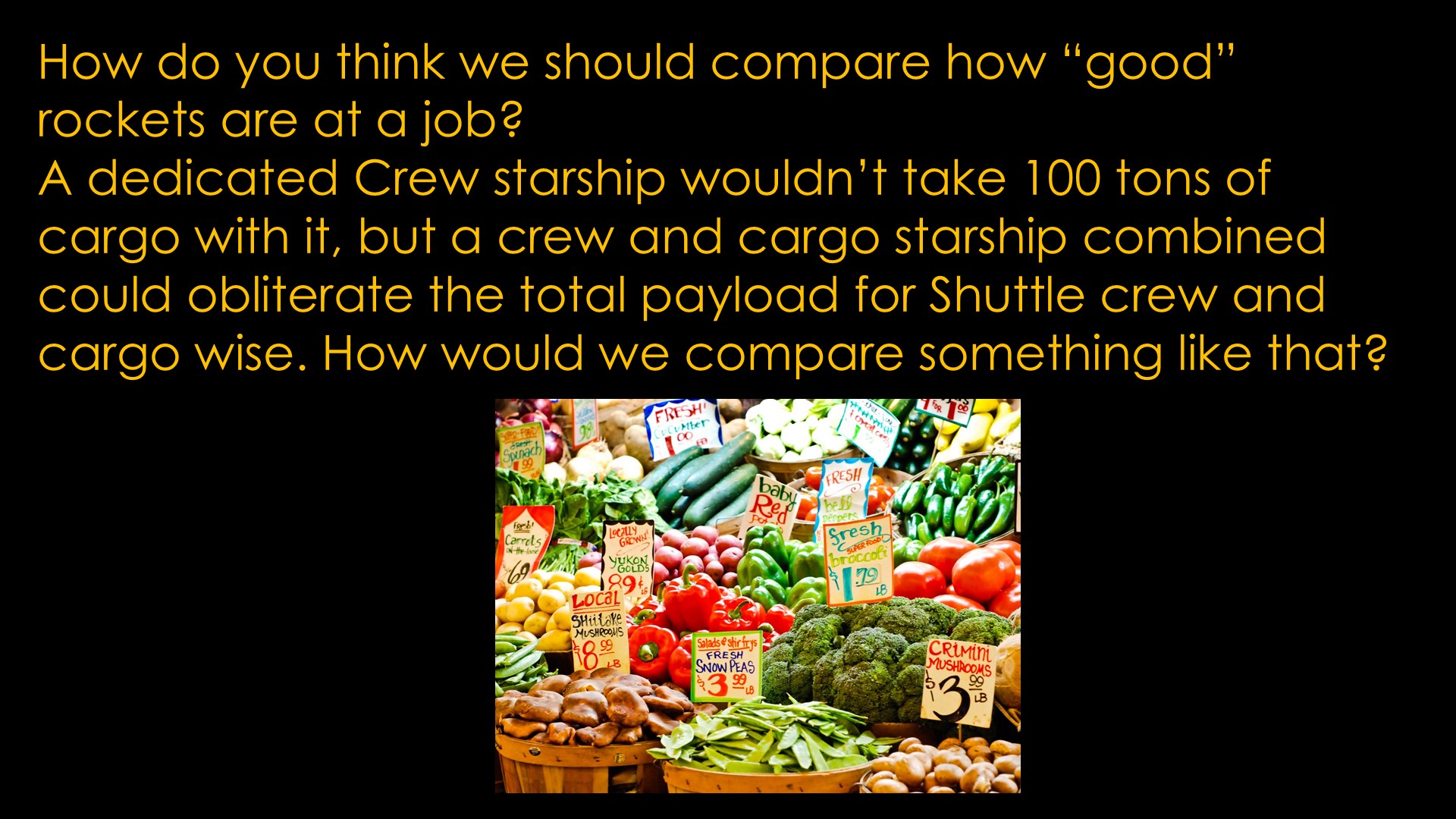
It's all about the market and the missions that you are designing them for.
Markets care about price, reliability, schedule, and other factors. Better means better on at least one factor compared to other options.

NASA has been talking about the lunar economy a lot, but this talk has been weak on details.
A lunar economy is inherently about markets for materials on the moon and being able to produce those materials economically on the lunar surface.
We are a *long long* way from that.

Sure. It's just a kick stage approach. See this video.
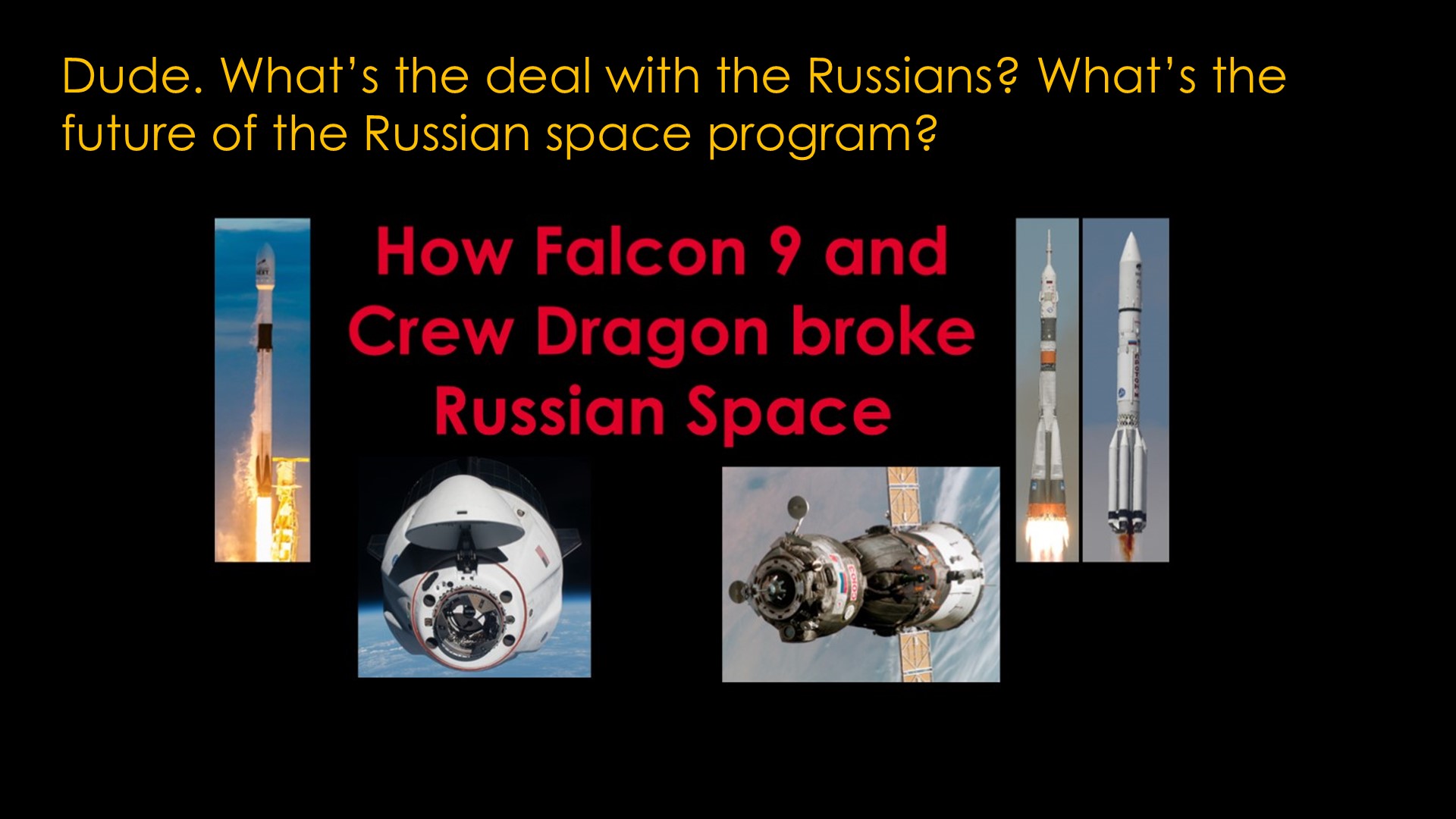
It's unfortunately very bleak...
You might want to watch this video if you haven't, but Russia is in a really poor position. The program used to run on western currency and that's not flowing to them any more and they're trying to fight a very costly war. The fact that they've stuck in the ISS program despite the worst US / Russian relations in decades is a good indication that they currently have no alternative - when the ISS goes away they could fly individual Soyuz missions but not much else.
It's also important to note that nobody is going to trust them with commercial payloads since they stole 36 satellites from OneWeb.
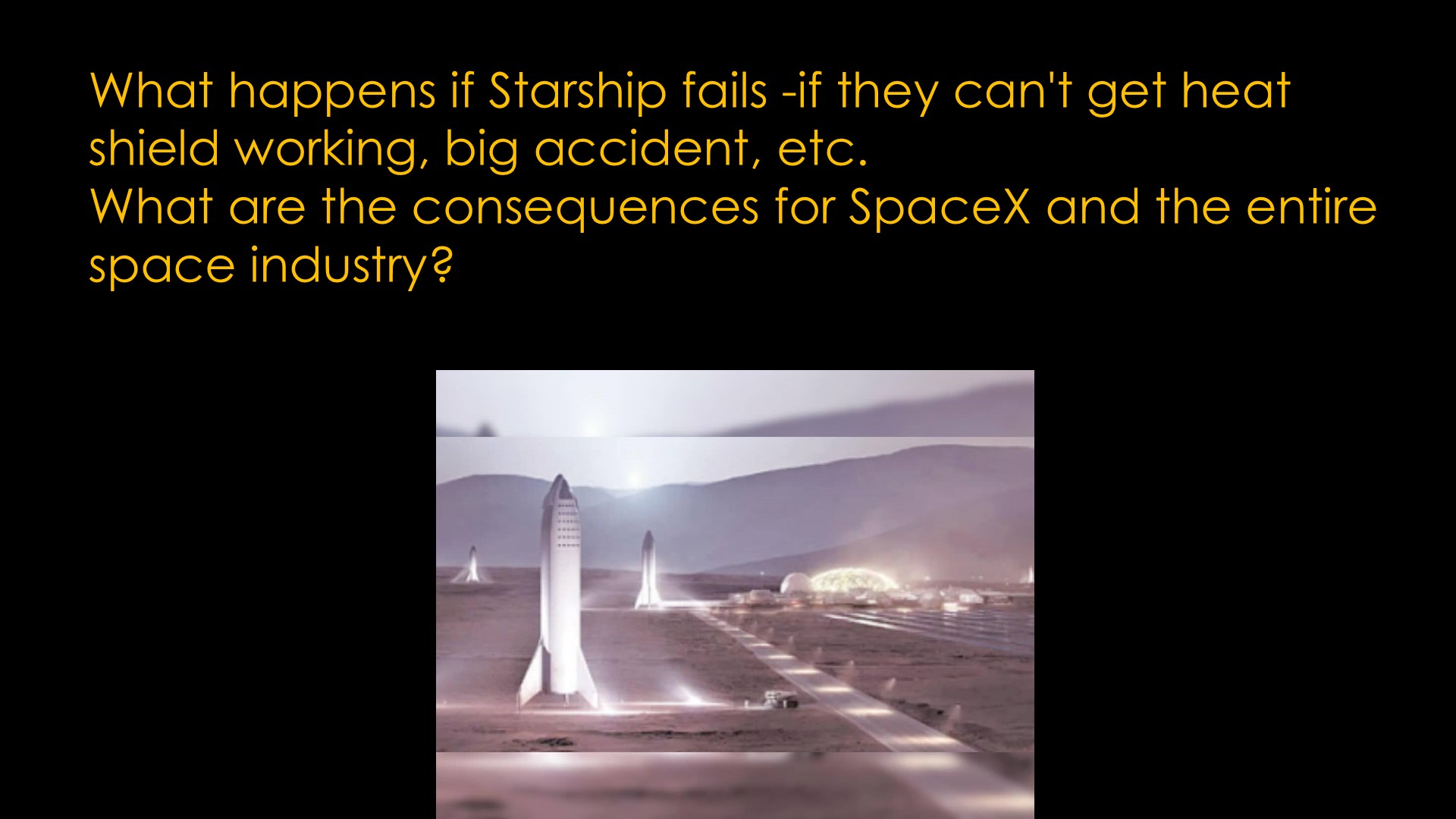
Right now it looks like Starlink is throwing enough money that they can keep trying things until they get something to work, and they seem fine flying Falcon 9 to keep starlink expanding.
I think it's unlikely they would abandon it as they really, really care about Mars.
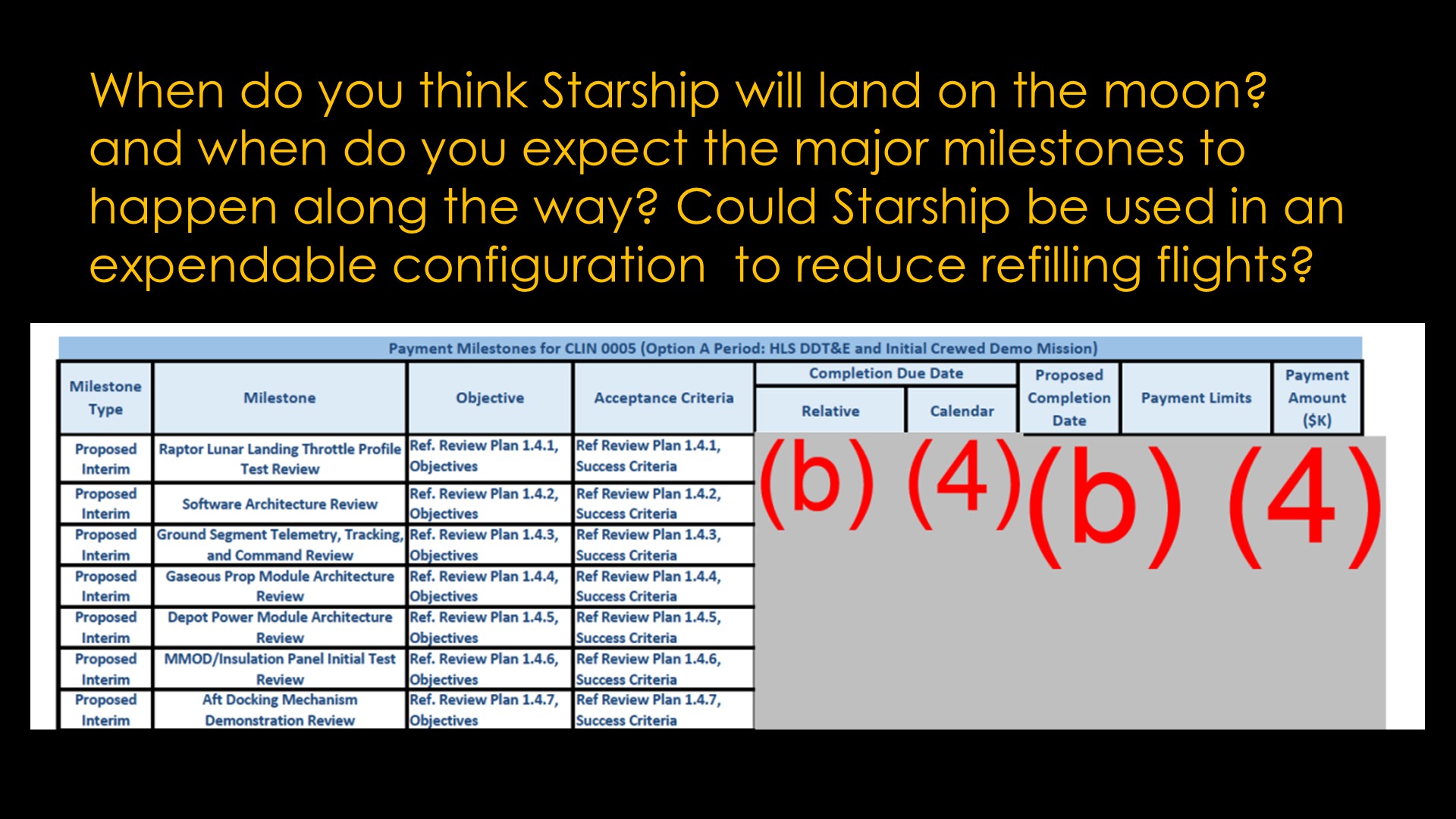
Here's the problem...
We know what the various milestones are for the HLS lander, but we don't know any of the dates or the payment amounts nor do we know the success criteria.
So it's mostly a black box.
We know they'll do an uncrewed test, but it depends heavily on how starship testing progresses and I have no real prediction on that.
WRT expendable flights, it's certainly possible but requires throwing away a lot of tankers.

And here's a more detailed ask.
All the information you are looking for is redacted. You can see the name of a milestone in the HLS contract but pretty much all the useful information is redacted.
Even if it wasn't, I have no way to estimate when milestones may be hit.
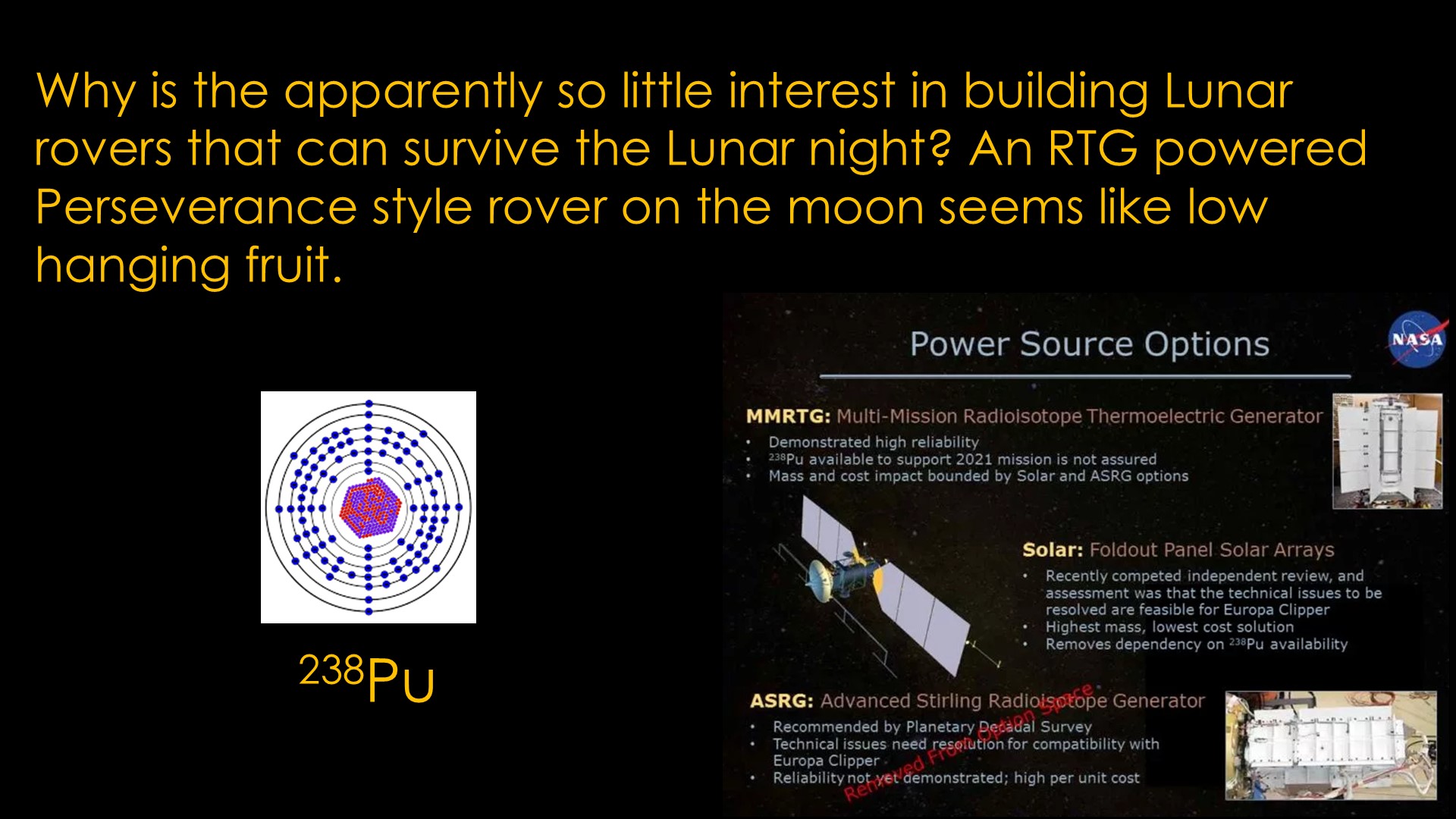
238Pu is expensive, rare, and requires a whole bunch of hassle to use. It's especially hard for commercial, non governmental entities.
NASA chose solar for Europa clipper despite it being really hard to use solar so far away from the sun.

Shuttle APUs used hydrazine as a propellant. Pass the hydrazine over a metallic catalyst and it is converted to gas and that drives the turbine in the APU.
The X-15 was similar but it used hydrogen peroxide that was decomposed over a catalyst.

Big topic, probably a separate video...
The short answer is that Argon is very cheap compared to Krypton and Xenon. It's a lower thrust solution but starlink doesn't need a ton of thrust and Argon gives higher specific impulse.

See my commercial moon video.
Dragon doesn't have a heat shield designed to deal with lunar return velocity.
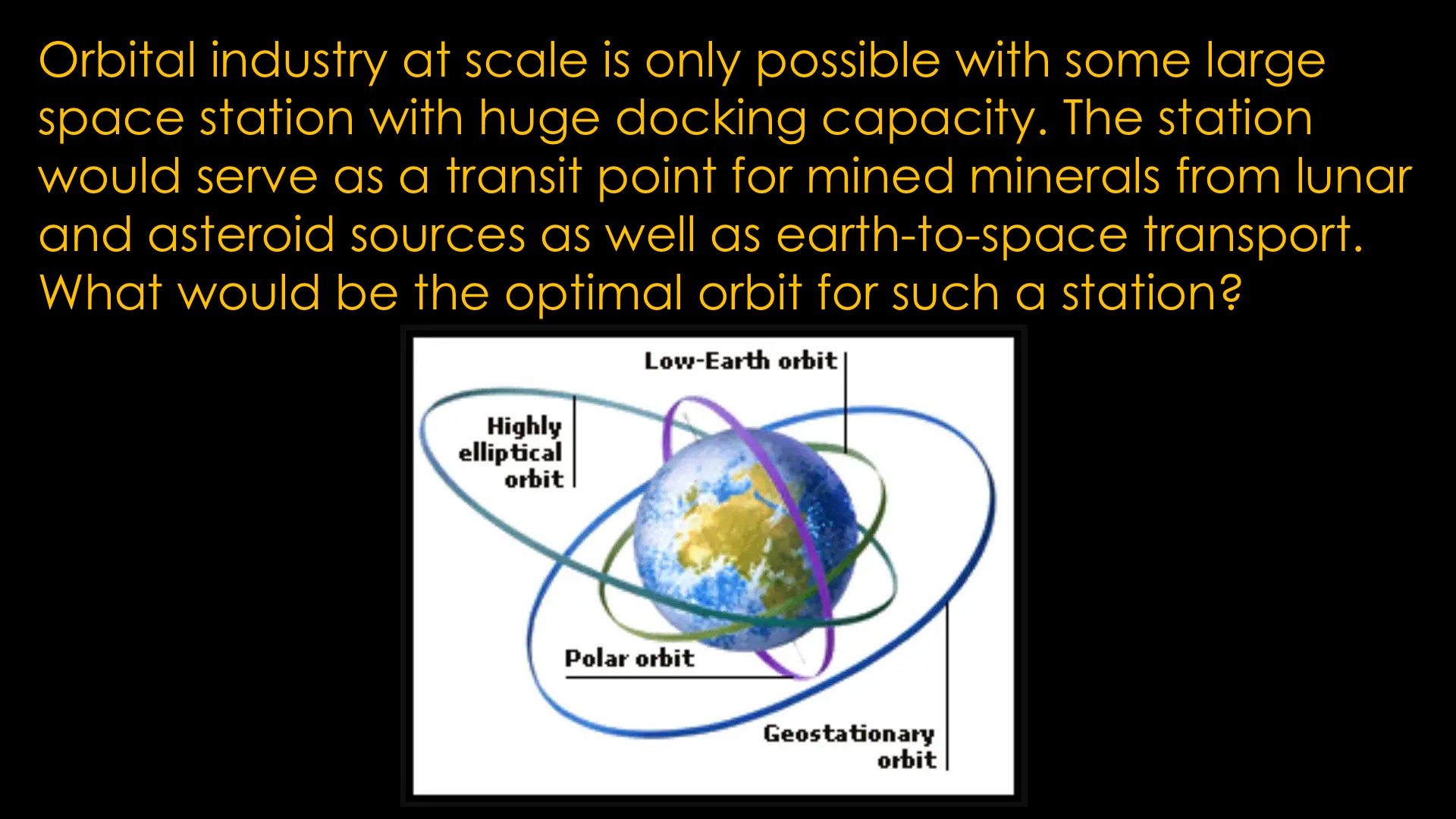
It's going to depend on what the market is.
If it's in space, you probably want to avoid getting too deep into the gravity well. If it's earth related, you want to be close to the earth.
And you'll need to figure out what inclination you want, and that's going to depend on where your launch sites are.
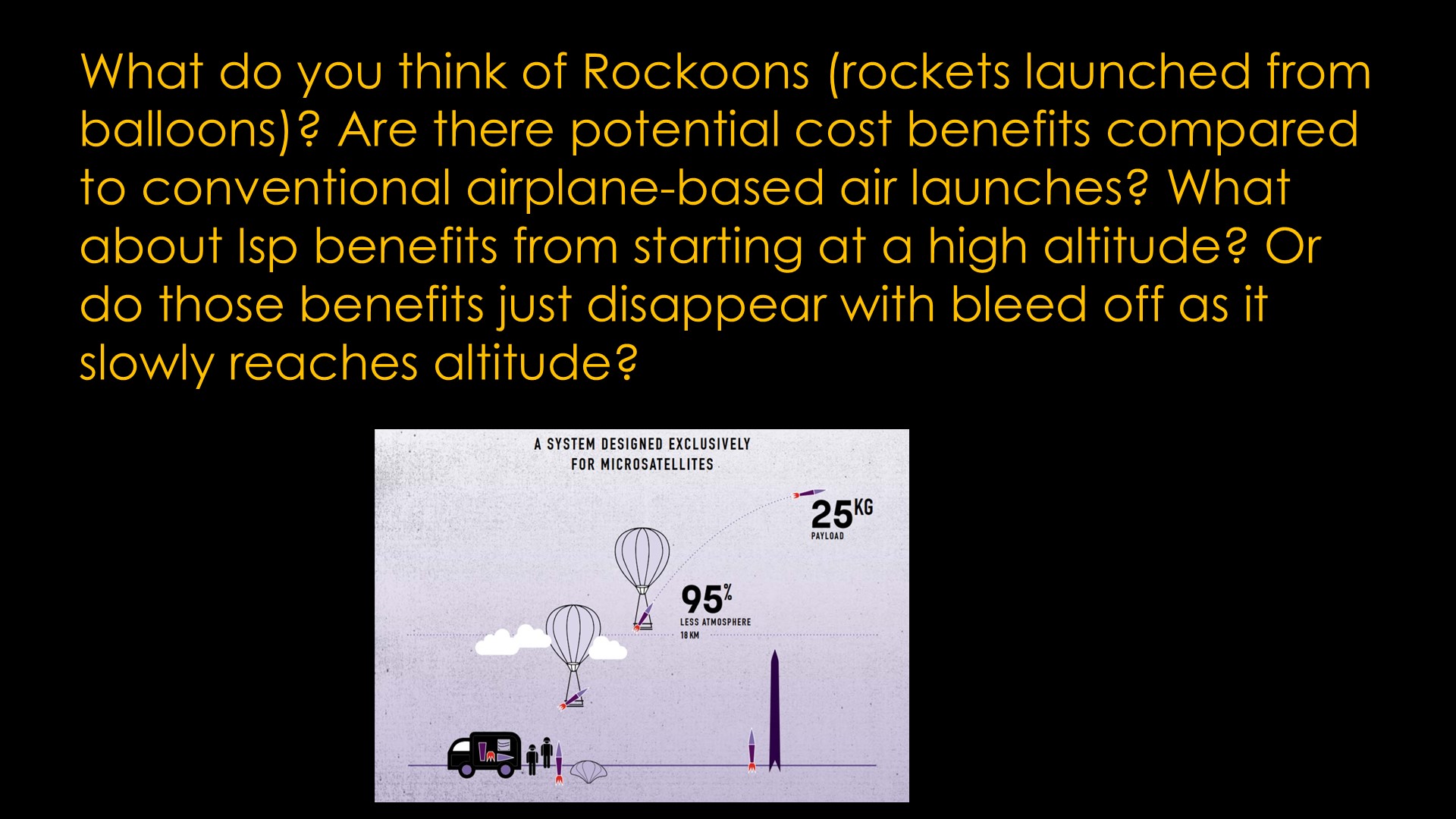
It's the same issues as with airplane-based launches but worse.
It gets you altitude but no useful horizontal velocity so you can only reduce your rocket size by a small amount, but you have a balloon that you can't control well that has to lift a rocket that is nearly the same size as the ground launch version. And you are more subject to winds and need to figure out how to get your launch platform back.
Far easier just to make your first stage a little larger.

I don't think there are any...

I don't actually see a question here, so I'm going to assume it's about the architecture.
I encourage you to do the math here yourself. Maybe start with the impulse aerospace kick stage.
I think you will find that you pay a huge payload penalty getting the tug back into LEO and to the depot.
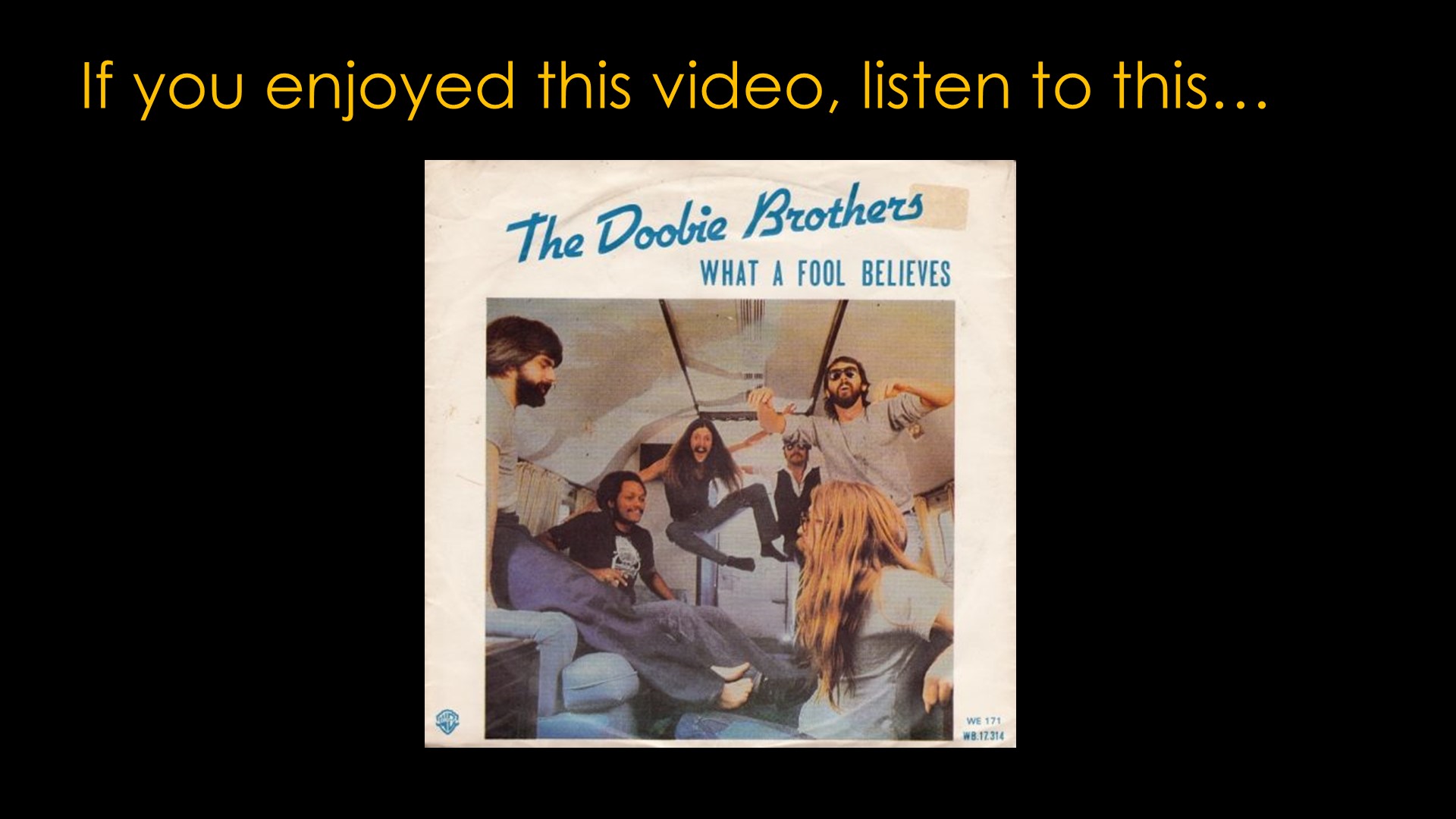
If you enjoyed this video, listen to this...